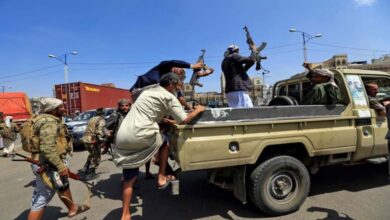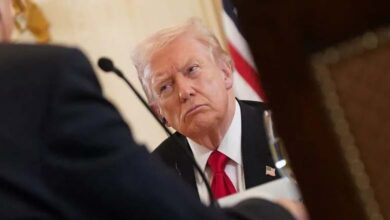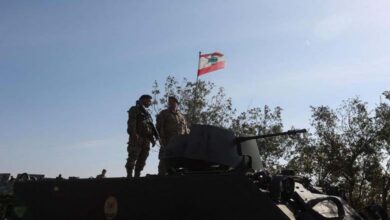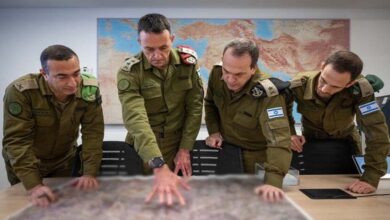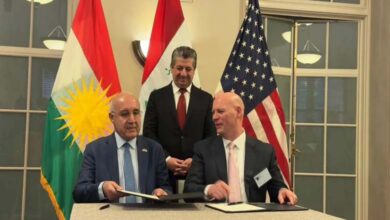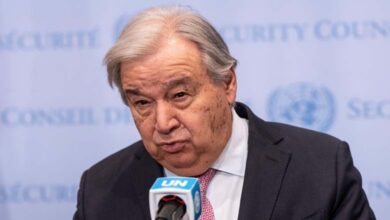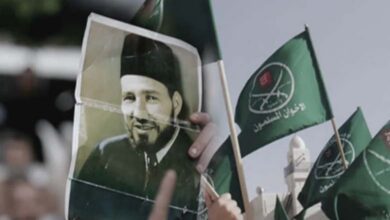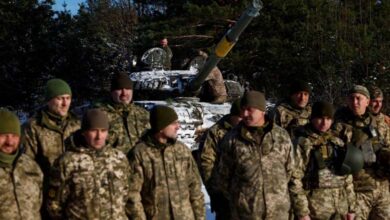An American Historical Solution for the Ukraine Crisis: The Post-War Berlin Model

With the war dragging on for over three years, traditional solutions to the Ukraine crisis appear to have faded, prompting a U.S. official to turn to history—drawing inspiration from the contours of post–World War II Berlin.
U.S. envoy Keith Kellogg evoked an image from the past in his effort to find a resolution to the Ukraine crisis, likening the situation to post-WWII Berlin. He proposed a solution that would place Europe and Russia on opposite sides of the Dnipro River—just as major powers once stood opposite each other in Berlin, divided by political and geographic barriers.
-
Behind the Fronts: An Image Sparks a Symbolic War between Russia and Ukraine
-
Zelensky and the Missing Suit… A Battle between War and Diplomacy
Details of the Proposal:
U.S. envoy Keith Kellogg revealed his vision to The Times on Saturday, saying that post-war Ukraine could resemble “post–World War II Berlin,” with European and Russian forces separated by the Dnipro River.
In the interview published by The Times, General Kellogg said: “It’s almost analogous to what happened in Berlin after World War II, when there was a Russian zone, a French zone, a British zone, and an American zone.”
-
Washington and Kyiv: Zelensky Bets on “Behind-the-Scenes” Agreements
-
U.S. Support Halted: Dangerous Scenarios for Ukraine in Its Fight against Russia
But where the Berlin Wall was built in 1961 in the German capital and then torn down in 1989 amid the collapse of the Soviet Union, Kellogg sees the Dnipro River as a “major natural barrier” that cuts through Ukraine all the way to Kyiv from north to south.
According to Kellogg, a British-French presence acting as a “guarantee force” for peace on the western bank of the Dnipro would not be “provocative at all” to Moscow. Russian forces would remain in the east, with Ukrainian forces in the middle. He emphasized that the United States would not deploy any troops.
-
Trump and Ukraine’s Nuclear Plants… Bigger Than an Acquisition Plan
-
Weapon Tests Precede Russian Official’s Visit… Kim’s Messages to Allies and Enemies
Would Putin Accept?
Acknowledging that Russian President Vladimir Putin might “not accept” the proposal, Kellogg also suggested creating a “demilitarized zone” between the Ukrainian and Russian lines to prevent any exchange of fire.
He explained: “We look at the map and create… a demilitarized zone. Each side pulls back 15 kilometers,” adding: “That can be monitored quite easily.”
He asked: “Will there be violations? Most likely—there always are.”
More than three years into the war, which began with Russia’s military operation in Ukraine on February 24, 2022, and with very little progress toward a ceasefire, several countries—such as France and the United Kingdom—have voiced support for the idea of a European peacekeeping presence in Ukraine, and have proposed joining such efforts once the conflict ends.



